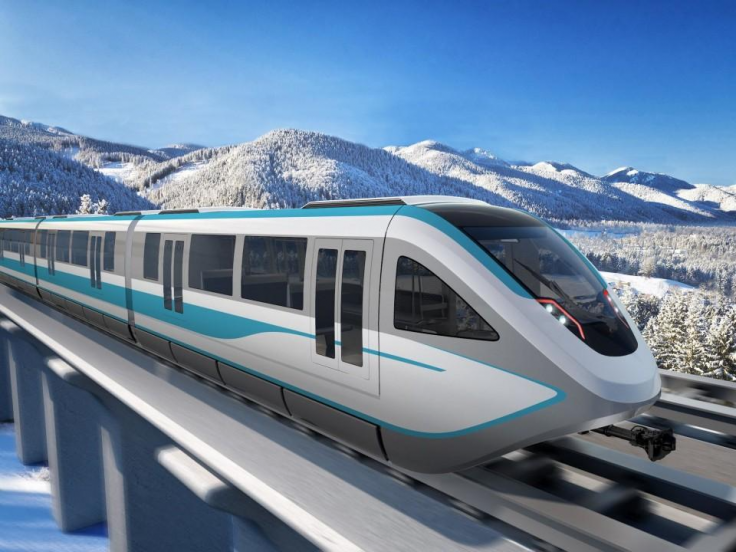In a recent development in the field of transportation technology, the China Aerospace Science and Industry Corporation (CASIC) has announced a remarkable achievement in the testing of its latest maglev train. The corporation revealed that its new magnetically levitated (maglev) train has exceeded its previous speed record of 623 kilometers per hour (387 miles per hour). This breakthrough occurred during tests conducted in a low-vacuum tube spanning just 2 kilometers in length.

While the exact speed attained by the meglev train remains classified, CASIC described the milestone as "a significant breakthrough" in its latest test. Notably, this test marked the first instance where the ultra-fast hyperloop train achieved stable levitation while traveling within a low-vacuum tube. The South China Morning Post reported that this advancement suggests China could soon boast a train rivaling the speed of an airplane.
The maglev train operates on magnetic levitation technology, utilizing magnetism to propel the train forward and elevate it above the tracks. Additionally, the train traverses through a specially designed low-vacuum tube, further enhancing its speed capabilities.
CASIC emphasized that the recent test not only set a speed record but also validated several crucial technologies, affirming their seamless integration and functionality. The high-speed flier project integrates aerospace and terrestrial rail transport technologies, aiming for a designed speed of up to 1,000 kilometers per hour, surpassing commercial aviation speeds, as stated by the agency.
Science and technology advance incrementally, and some aspects of this undertaking remain new ground in China. Every step is difficult, and it's a complicated system," said Mao Kai, the project's lead designer. According to the publication, the most recent test demonstrated that the vehicle tube and track interact properly, keeping the hefty maglev vehicles floating steadily. The CASIC stated that the powerful movement mechanisms and overall safety controls performed as planned.
These advancements boosted the system's overall technical maturity, establishing the groundwork for future higher-speed tests and the development of a national transit network, according to the agency. The China National Space Administration, through the CASIC department, is also developing the country's next-generation commercial aerospace electromagnetic launch systems.









